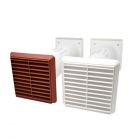Help & Advice Articles, Videos and How-to-Guides
Filter Articles
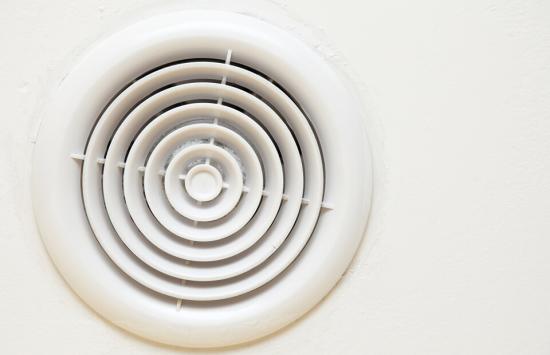
How to Ventilate Your House
Condensation can lead to a whole range of problems. It is also a very visible problem, especially in the colder winter months.
Condensation control and adequate ventilation in a property are extremely important, as left untreated, condensation can lead to damp and mould problems as well as aggravating health conditions.
Complete Guide to Ventilation and Condensation Control
Here at Permagard, we’ve spent years helping our customers with their condensation and mould issues. We pay attention to every piece of feedback we receive and have developed market-leading products that have helped customers alleviate condensation throughout their homes.
We’ll go through the various condensation issues and best ventilation methods in this guide, or you can visit our ventilation and condensation products here.
- What Is Condensation?
- What Causes Condensation?
- Where Does Condensation Occur?
- Do I Have Condensation?
- Issues With Condensation
- How Do I Control Condensation?
- How Does Ventilation Work?
- Why Ventilation Is a Good Idea
- Ventilation Types
What Ventilation Options Are There?
- Types of Ventilation
- Ventilation Guidance & Regulations
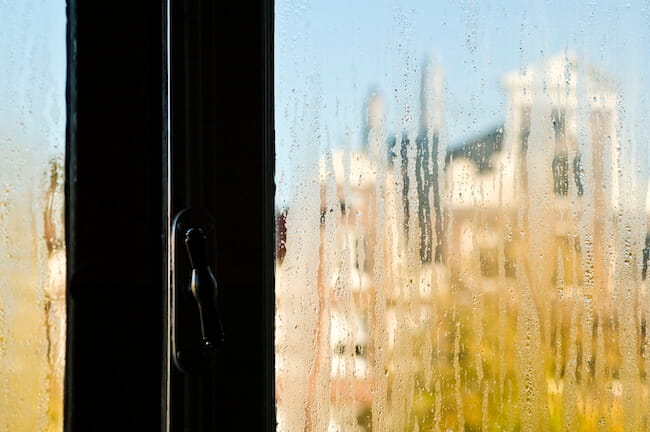
WHAT IS CONDENSATION?
Condensation occurs when moist air comes into contact with air, or a surface, which is at a lower temperature. Air contains water vapour in varying quantities; its capacity to do so is related to its temperature - warm air holds more moisture than cold air. When moist air comes into contact with a colder surface, the air condenses some of its moisture onto that surface.
The air in our homes contains water vapour from cooking, washing, drying clothes and other activities. During cold weather, this warm, moist air travels to cooler parts of our homes. The excess water vapour in the air then deposits on cold, impermeable surfaces such as windows and, in some cases, walls. This is called condensation. Condensation can also occur in less visible places like behind furniture, blocked-in fireplaces and underneath laminate flooring.
CAUSES OF CONDENSATION
In order to make homes more energy efficient, some are fitted with insulation, cladding and made air-tight with double glazing. This means that the moist air generated by everyday activities (as detailed above) is unable to escape which leads to condensation. The conditions that determine condensation are as follows:
- The level of moisture in the air
- The temperature of the air in your home
- The surface temperature of the windows & walls and other surfaces
DO I HAVE CONDENSATION?
Condensation is generally noticeable when it forms on non-absorbent surfaces (i.e. windows or tiles) but it can form on any surface. You may not notice condensation until you can see mould growth or see materials rotting. Any room in a house that is colder will act as a magnet for condensation.
The following symptoms suggest you have condensation:
- Steamed-up windows and puddles of water on the windowsills
- Walls that are damp to touch
- Peeling wallpaper
- Black spots of mould on walls and ceilings – particularly common in bathrooms
- A musty smell
Find out more about stopping condensation in your home.
PROBLEMS WITH CONDENSATION
Condensation can lead to a whole range of damp and mould problems. Some of these cause cosmetic damage, some of these will incur financial costs and others can actually be harmful to the health of you and your family.
Condensation can lead to mould which in turn results in mould spores that easily become airborne. When inhaled, these microscopic spores can trigger a range of respiratory conditions such as asthma, dust allergies and hay fever. This is particularly harmful to young child and older people.
Condensation is a problem caused when there is inadequate ventilation. Poor ventilation is also associated with headaches, tiredness, and dizziness, and in extreme cases carbon monoxide poisoning.
There are increasingly worrying reports about so-called Toxic House Syndrome, which is when a person’s health deteriorates due to the air quality in their homes. It is related to the large number of potentially harmful chemicals like carbon monoxide and dander in our homes that increase the risk of heart disease and cancer. Proper ventilation is the main way that exposure to these airborne pollutants can be dramatically reduced.
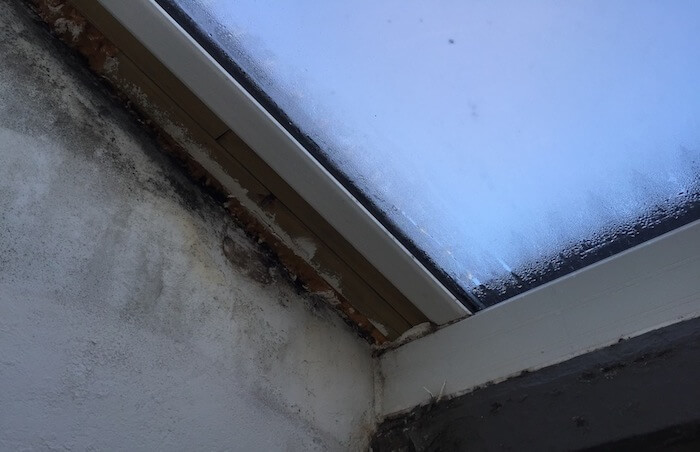
HOW DO I CONTROL CONDENSATION?
Condensation can be controlled through ventilation. There are a variety of different ventilation methods and systems that can focus on single rooms or be installed to ventilate whole homes.
Ventilation
You want to achieve these things with ventilation:
- No more condensation
- No more damp, stale air
- Clean, filtered fresh air
As a good starting point, it makes sense to take measures to create less moisture. You can put lids on pans when cooking, add cold water before hot water when running a bath, dry clothes outdoors or in a room with a humidity-controlled extractor fan, avoid drying damp clothes on warm radiators. You should also regulate heating so that is constantly on at a lower heat. By preventing rapid changes in the temperature, you will help reduce condensation. You should also regularly open windows to allow cross ventilation.
Despite taking these initial steps, you are likely to find that condensation is still an issue, particularly in colder months. Correctly installed ventilation systems are the most effective way of stopping condensation. The issue of heat loss is one that is inherent with ventilation and must be addressed by the system. The common ventilation systems include passive ventilation systems, humidity-controlled extractor fans, passive stack ventilation, and heat recovery units.
Key Considerations When Looking at Ventilation Systems
- Suitability for property – the type of property you are ventilating should determine which ventilation method you use. Bungalows and flats are different than houses. The number of wet rooms, the type of roof, your ability to install ducts and grilles all have an impact.
- Costs – this includes initial outlay and running costs. Many ventilation systems have low running costs and the initial costs are offset in fuel efficiency.
- Noise – units need to be quiet, both during normal and boost modes.
- Ease of installation – as well as the initial installation, you will want a ventilation system which requires very low levels of maintenance.
- Compliance with the Building Regulation Ventilation Requirements – it must meet Part F & L England and Wales and contributes towards ‘conservation of fuel and power.’
Why Ventilation is a Good Idea
Ventilation is not only the best way of preventing condensation in your home, it will also dramatically improve indoor air quality. Most ventilation systems provide health benefits by reducing naturally-occurring Radon gas and carbon monoxide. As well as this, many units are equipped with filters capable of removing up to 95% dust particles and other allergens. This can include pollen filters that can both help you keep cool indoors and enjoy the benefits of fresh pollen-free air. Hay fever sufferers can benefit massively from a place where they can escape pollen and focus on bringing the symptoms under control.
There are four types of ventilation system outlined in the Building Regulations:
- System 1 - Intermittent fans and background ventilation
- System 2 - Passive stack
- System 3 - Continuous mechanical extract ventilation (MEV)
- System 4 - Continuous mechanical balanced ventilation with heat recovery
Single Room Ventilation
When looking to ventilate a single room in your home, usually one more prone to moisture and condensation, there are a few options. Single room ventilation can cover everything from simple passive vents to heat-recovery units.
Intermittent Extraction Fans / Extractor Fans
In the past, it was common for mechanical extraction to be used in wet rooms (rooms with more moisture like kitchens and bathrooms) to remove moisture and bad smells. These fans use more energy and cost more to run but also remove valuable heat from the home, pumping it outside. The preferred alternative today is an individual room heat-recovery ventilator.
Single-room Heat-recovery Unit
Heat Recovery ventilation systems replace stale, moist air with filtered, fresh and warm air from outside. As the stale air is drawn out it passes over a heat exchanger, which traps (recovers) the heat from the outgoing air to warm the incoming fresh air. This dramatically reduces the amount of heat wasted and reduces home energy bills. These units provide a continuous air change.
When humidity levels increase, the unit automatically switches to a boost mode. You can set the humidity level at which boost mode is activated to ensure that condensation does not occur. When humidity levels have returned to an acceptable level, the heat recovery unit returns to its standard trickle mode.
The Kair Heat Recovery Unit recovers up to 86% of heat, making it an effective source of ventilation with heat recovery for a single room. You can find out more about installing a Kair unit here.
Natural Ventilation
You can buy passive vents that work by using vapour air differences to ventilate a room. These systems utilise the scientific principle that when the room temperature and humidity are greater internally than those externally, then moist air will ventilate outside. These vents, like our best-selling Perma-Vent, contain no moving parts and therefore require zero maintenance. They use a vapour permeable membrane, which allows moist air out of the building without allowing a draught back inside.
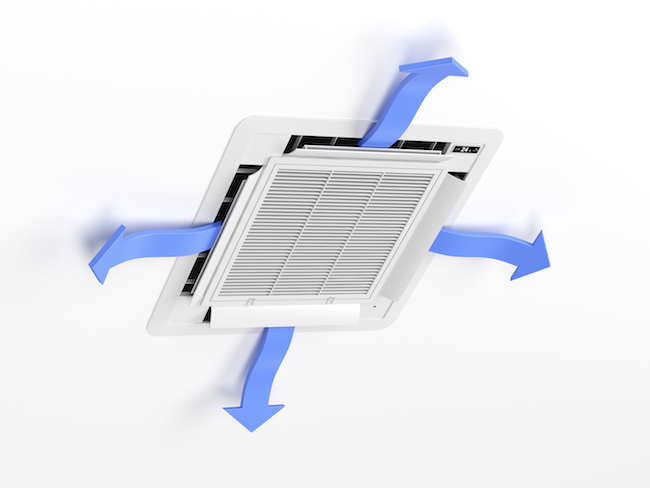
WHOLE-HOUSE VENTILATION
There are three main methods of whole-home ventilation systems that we will cover: Positive Input, Mechanical Extract Ventilation and Passive Stack.
What is passive ventilation?
Passive ventilation makes use of natural forces like the natural buoyancy of hot air and wind to encourage airflow through your property. Some ventilation systems use a heat exchange unit to capture the heat from the warm air before it exits your home. This is then used to heat the incoming fresh air so that you have fresh warm air.
Many passive ventilation systems utilise positive pressure from wind to encourage air movement through the building. The positioning of vents is essential for this model, taking careful note of windward and leeward sides of the roof.
Positive Input Ventilation (PIV)
Positive Input Ventilation or PIV systems work by drawing in fresh, filtered air from outside in order to ventilate the house. PIV encourages the movement of air from inside to outside from a unit that is usually installed in a loft.
These units reduce or eliminate surface condensation altogether by replacing humid stagnant air with fresh filtered air. These systems take full advantage of the benefits of solar gain, distributing the heat in the loft around the property from a central hallway.
The PIV system also removes indoor air pollutants such as carbon monoxide and radon gas. The units are fitted with filters that keep out pollen and external pollutants such as traffic fumes when drawing outside air in.
They are effective at controlling humidity levels throughout your home. Most PIV units are fitted with an internal temperature sensor that continuously monitors the temperature in the loft. This allows the unit to boost the air volume when the loft temperature is above a certain level. If the loft temperature reaches a certain point, then the unit will switch to standby mode (no airflow). Once installed, the airflow can be set to suit the house size and, if required, the way it responds to the temperature changes within.
The Nuaire Drimaster Eco Heat provides whole-home ventilation using the Positive Input Ventilation principle.
If you don’t have a loft or access to the loft space, then you can have hall units that are ideal for flats and cellars such as the Nuaire Flatmaster PIV.
You can read more about the pros and cons of PIV in our guide.
Continuous mechanical extract ventilation (MEV)
MEV operates via a centralised system, usually located in a loft or cupboard, that has a series of ducts that go off to any wet rooms e.g. kitchen, utility rooms and bathrooms. The system then draws moisture-laden air from all these humid rooms through grilles and takes it to a single discharge point to outside. Many systems will have humidity tracking so that the system kicks in at certain humidity levels, without the need for users to manually increase. Replacement air is provided through background ventilation only.
Passive Stack Ventilation
Whole-house passive stack ventilation – or PSV – systems rely on differences in air pressure to create air flow from outside a home to inside and vice versa. Hot air rises because it is a lower pressure than cooler air. The fact that this hot air is buoyant in cooler air means this is sometimes called buoyancy ventilation or the ‘stack effect’.
PSV is all about using these natural forces to ventilate a house by installing stacks and ducts which draw warm, moist air through grilles from a bathroom or kitchen and out through the roof. The ducts need to be installed with swept bends and shallow angles (not sharp angles of 45 degrees or more) to allow air to travel freely. Too many bends will stop the system from being effective as well as peaks and troughs. Similarly, the extract grilles need to be free from any obstruction so the moist air can travel freely. Each duct must have its own termination point in the roof.
The air from outside tends to be lower pressure, especially when it is further from the ground, and can get sucked into the home. This fresh air can then be introduced through vents in walls or windows in habitable rooms or ducted in from the roof
Some PSV systems remove air and introduce fresh air via the same vent. Thanks to advances in science these systems provide increased levels of control – such as humidity-controlled extract and inlet valves which open and close according to internal conditions.
IMPORTANT: They need to be correctly installed to ensure they are effective – this means ducts and extract terminals presenting no hindrance to airflow. You need to avoid crossflow between stacks by ensuring there is at least a metre gap between exhaust points.
PSV systems can be installed with either:
- Ridge Terminations / Ridge Extract Terminals / Ridge Ventilators – placed anywhere along the roof ridge
- Tile Terminations – within half a metre of the ridge, away from the direction of the wind
- Stack Terminations – to protrude above the height of the ridge and be fitted with a cowl
Ventilation Building Regulations
The Ventilation of Domestic buildings are covered under Part F and L of the Building Regulations, revised in October 2010. The ventilation building regulations were updated due to the increasing importance of ventilation, in particular in relation to the ‘conservation of fuel and power’.
The regulations primarily cover installation, design and performance. You must ensure that any ventilation systems installed in England and Wales comply with parts F & L, which we will summarise:
Part F - Ventilation (Planning Portal Part F)
Part F focuses on system performance including:
- Airflow Rates
- Noise
- Ventilation Rates – this is how much the system leaks air
- Installation - You can read the Domestic Ventilation Compliance Guide for further tips on installation and how to comply with Part F
Part L – Conservation of Fuel and Power (Government Planning Portal - Part L)
Part L deals with energy efficiency – covering both heat loss as a result of the system and its impact on energy efficiency and the electricity used to power the system.
This covers the regs in detail: UK Building Regulations: Conservation of Fuel and Power.
Ventilation in Old houses and Period Properties
Many older houses were designed to be self-ventilating with internal rooms being provided with fresh air via chimneys, engineering bricks and gaps around windows and doors. Nowadays with fuel prices so high, the cost of heating a Victorian home can be astronomical – running into the thousands of pounds a year. The temptation is therefore to do whatever you can to reduce these costs, in particular by utilising modern insulation and double-glazing. However, in employing these methods you hinder your home’s ability to ventilate. In stopping draughts and trapping the heat in, you may find you suffer from condensation and damp as well as potentially trapping in harmful gases. So, when it comes to older properties, you must ensure you have a suitable ventilation system.
Installing ventilation in an old house
There is always a key consideration of aesthetics to consider when making any changes to an older or period property. A white plastic box is always going to look out of place in a Victorian property. We would recommend looking at PIV systems that have termination points in the roof – these can include termination points between slate and tiled roofs, minimising the visual impact of the system. You can also look at retrofitting ventilation, making use of existing chimneys or existing holes for an extractor. Manufacturers will hopefully continue to look at improving the appearance of ventilation units and blending them into period features.
Ventilation in Basements and Cellars
Cellars and basements rarely benefit from natural ventilation and are prone to condensation and damp issues. It is therefore important to provide ventilation, especially if you intend to inhabit or convert your basement. To reduce humidity and the risk of mould in basements, you ideally need to install a duct as part of an MEV system or fit a single room heat recovery unit.
Condensation Control Products and Ventilation Systems
Perma-Vent condensation control vent
The Perma-Vent is an environmentally-friendly unit that works on the scientific principle of vapour air difference to ventilate rooms. It has no moving parts so requires no maintenance.
The Drimaster Eco provides whole home ventilation using the Positive Input Ventilation principle.
Permagard – Over 35 Years of Condensation Control
At Permagard, we stock a range of ventilation systems and condensation control products. If you need help with a specification or information, then our condensation control technical advisers are here to help - just give us a call on 0117 982 3282.
Browse our Ventilation and Condensation Control section here, and if you need to tackle mould then check out our anti mould products.
Related Content and Resources
Read our article on 6 Easy Ways to Stop Condensation Build-Up. We've also put together a guide to damp and condensation for landlords and another one for tenants experiencing damp issues.

